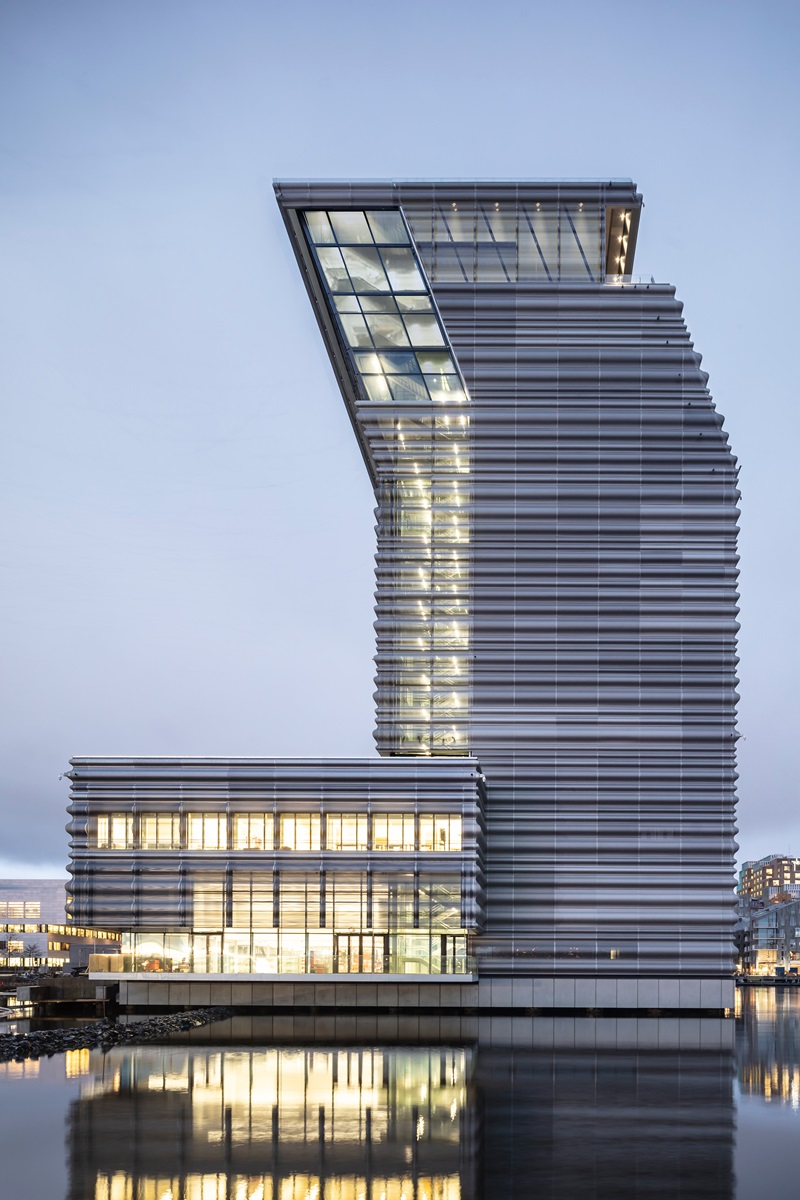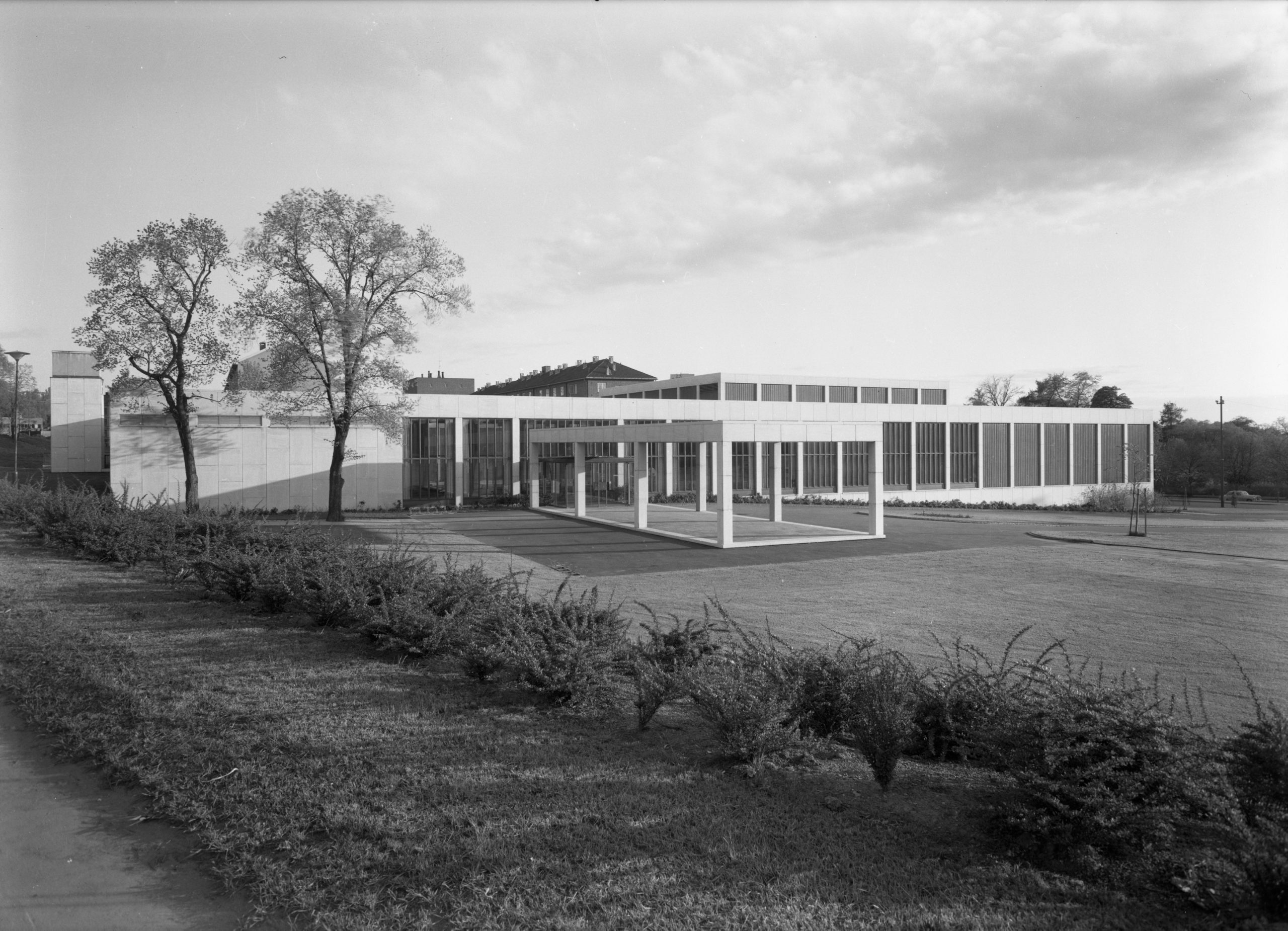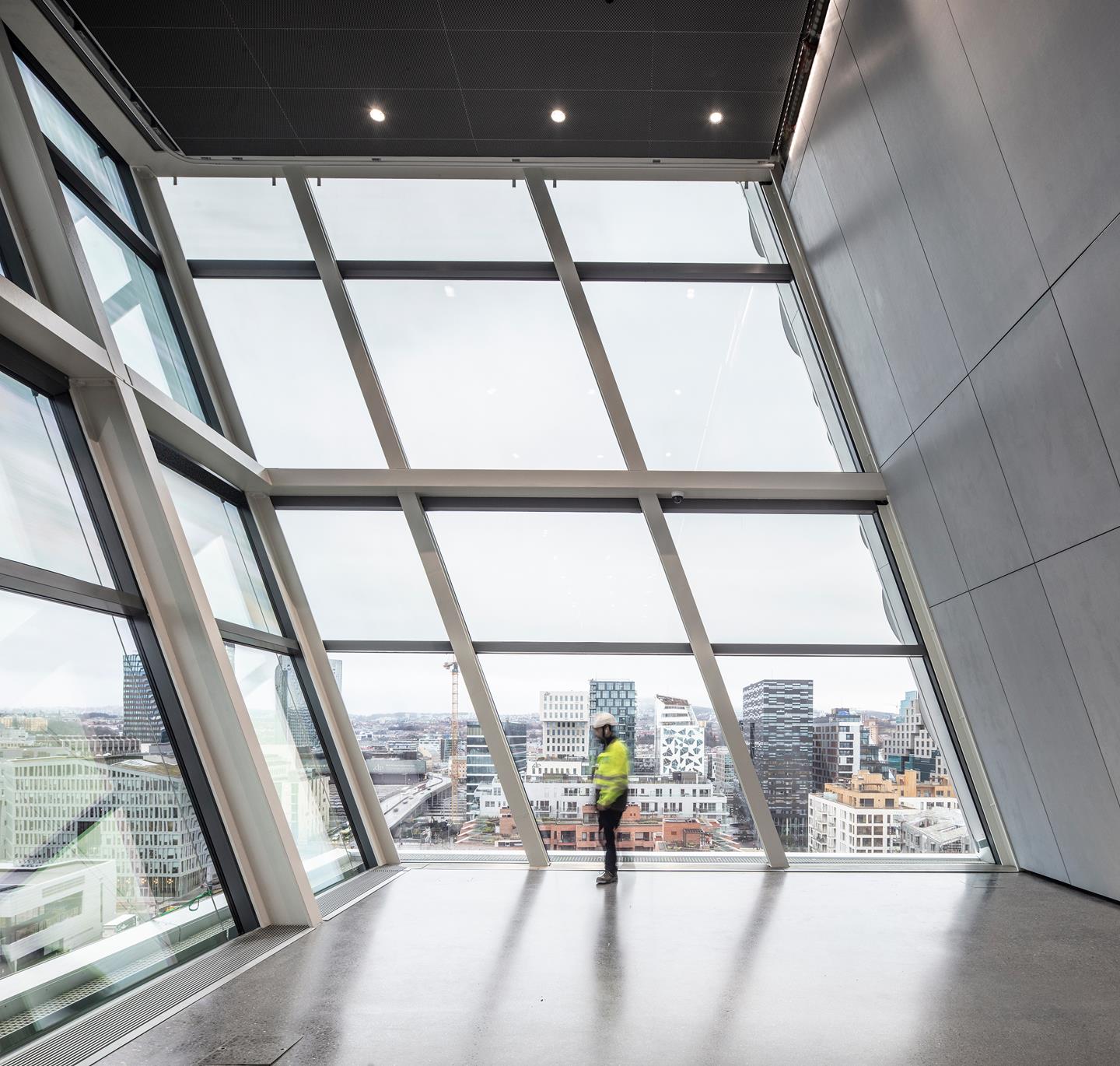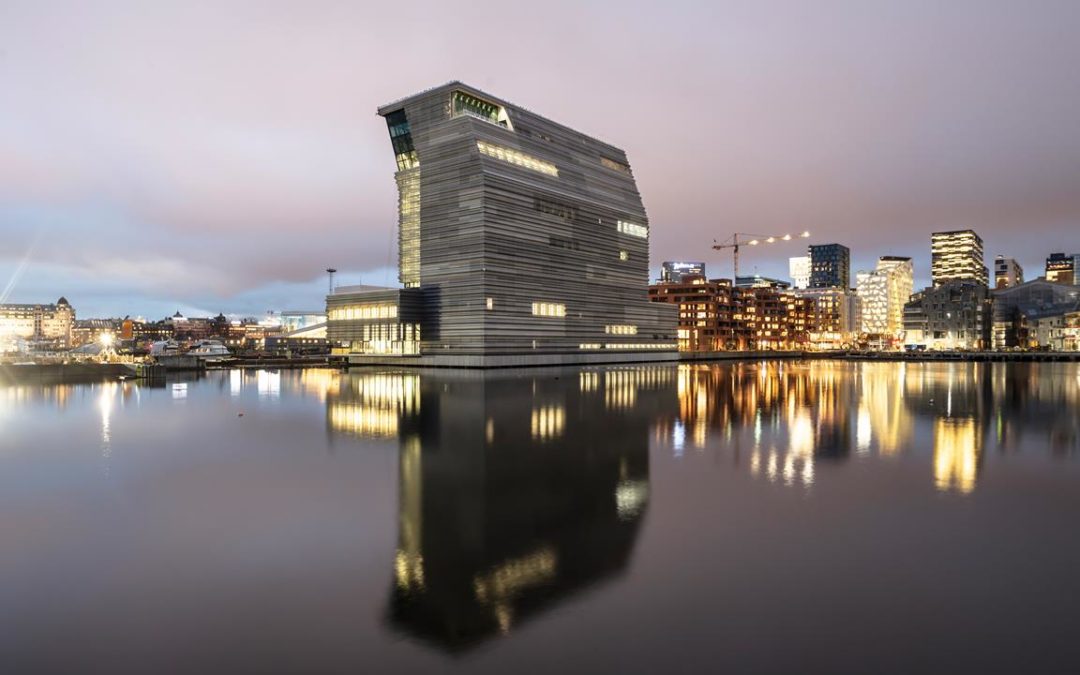Same city, new museum: Oslo’s MUNCH
On October 22, 2021, the new headquarters of the museum dedicated to Edward Munch will be inaugurated.
Its 13-year-old floors will permanently host more than 200 works by the artist, but the space is designed to experience 360 ° cultural experiences, also including concert halls, cinemas and exhibition spaces to accommodate musical events, performances, screenings and conferences on the ‘art.
With a width of 26,313 square meters, it will become one of the largest museums in the world dedicated to an artist. Thanks to 11 galleries, for the first time Munch’s production will have the space he deserves, in the true sense of the word: for example, his monumental paintings will be housed in specially designed rooms.

MUNCH – Courtesy Munchmuseet
The exhibition program will also include dialogues with other modernists and contemporary artists, both established and emerging (such as the winners of the Edward Munch Art Award).
Director Stein Olav Henrichsen said that this place was designed both to exploit the collection’s potential to the maximum and to establish collaborations with other institutions to make it an artistic and cultural hub in which to host works never exhibited before in Norway.
The building in the Bjørvika area will replace the original headquarters in Tøyen, which opened its doors in 1963 (100 years after Munch’s death). Immediately a problem arose relating to an underestimation of the size of the institution, which would have required large funding to meet the need for space. Excluding the possibility of erecting a new building, it was therefore decided to intervene on the existing one.

Tøyen Museum, 1962 – Courtesy Munchmuseet
After the theft of two fundamental works in 2004 (The Scream and Madonna, later recovered in 2006 thanks to the intervention of the police), it became clear that, despite the improvements implemented, the need for a new museum had become more than urgent.
An architecture competition was then launched which saw the victory of the Estudio Erreros project in Madrid in 2009.
The intention of the architects (Juan Herreros and Jens Richter, partner of the Studio) was to create a strong link between Munch’s art and the city of Oslo with its history, also thanks to the regeneration of the area in which finds, which benefits all the more from the choice of a façade that will continuously evolve, reflecting the lights differently according to the time and season.

MUNCH – Courtesy Munchmuseet

